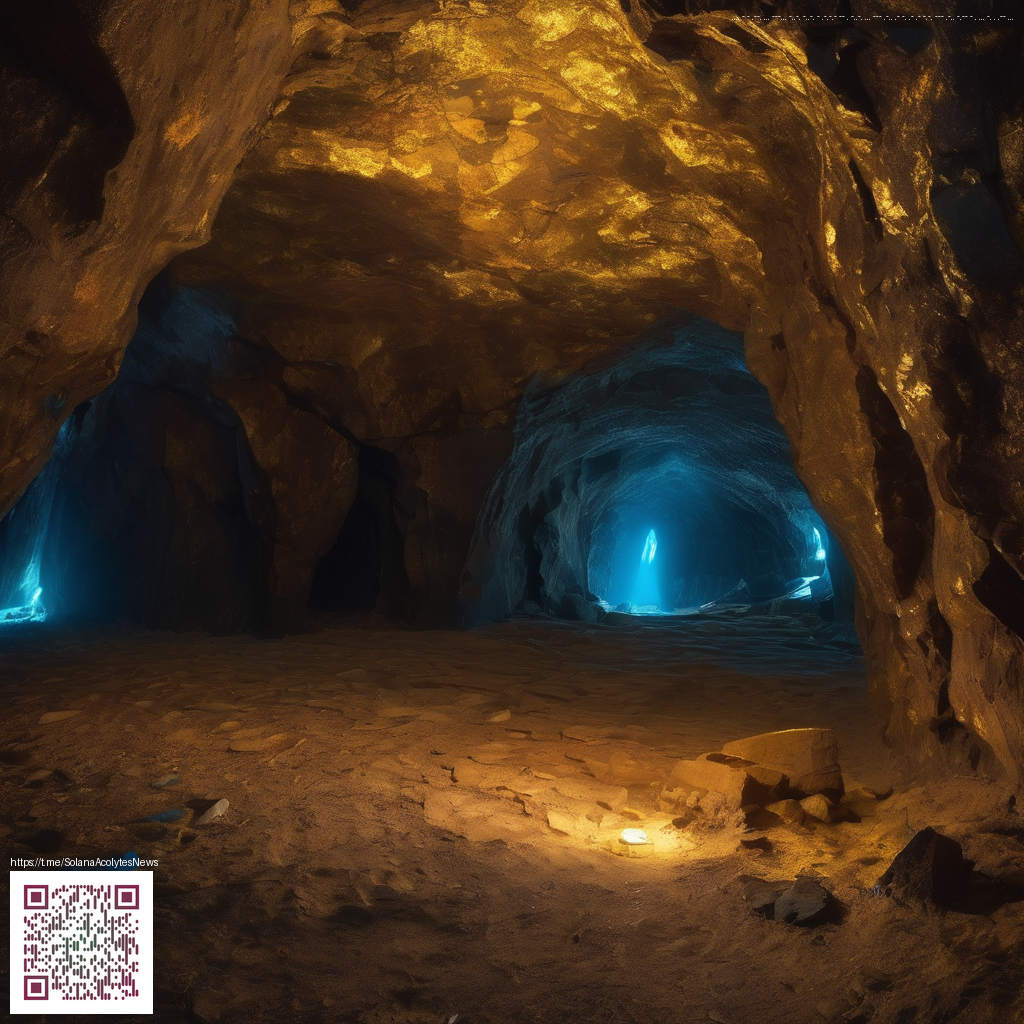
Data source: ESA Gaia DR3
Hot Blue Beacon in Sagittarius: Interpreting Teff from Gaia DR3 4042917488210158848
In the vast tapestry of the Milky Way, a luminous, blue-white beacon marks a bold point in the southern sky. This star—designated in Gaia DR3 as Gaia DR3 4042917488210158848—occupies a well-defined niche in the Sagittarius region, where the galaxy’s disk gleams with crowded stellar nurseries and dust lanes. Its effective temperature estimate, Teff_gspphot, sits around 37,041 kelvin, a value that places it among the hottest stars in our neighborhood of the Milky Way. The star’s position, brightness, and physical size tell a story of a powerful engine of light, heat, and ultraviolet radiation.
The Gaia data frame places this object at a distance of about 2,168.66 parsecs, equivalent to roughly 2.17 kiloparsecs or about 7,100 light-years away. That’s a cosmic distance that keeps it firmly within the Milky Way’s disk, far beyond our own solar system’s neighborhood. In terms of visibility, the Gaia photometric measurement shows a G-band magnitude of 14.41. That magnitude sits far beyond naked-eye reach; you would need a telescope or a serious pair of binoculars to spot the star, especially amid the crowded, dust-laden regions toward the galactic center.
What this implies about its temperature class
The temperature of roughly 37,000 kelvin is the star’s strongest signature. At this temperature, the object belongs to the hot blue-white class of stars—spectral types late O to early B. Roughly speaking, such temperatures correspond to an intense blue hue and a glow that peaks in the ultraviolet, far outpacing the Sun's blue-white brilliance. In everyday terms, this star is a blazing furnace in the sky, radiating more energy per unit area than a sunlike star by many orders of magnitude.
A quick look at its Gaia photometry offers an instructive contrast. The star’s blue and red photometry show phot_bp_mean_mag = 16.13 and phot_rp_mean_mag = 13.08, which would imply a blue-to-red color index (BP−RP) of about +3.05 magnitudes. That combination appears redder in Gaia’s color system even though the temperature suggests a blue-white color. This apparent mismatch can arise from several factors—interstellar dust reddening in Sagittarius, measurement uncertainties, or nuances in how Teff_gspphot is estimated for extremely hot stars. It’s a gentle reminder that Gaia data, while extraordinary, often calls for cross-checks with spectroscopy or additional photometric bands to pin down a star’s true color and energy output.
Beyond temperature, Gaia DR3 lists a radius of about 6.12 solar radii for the star. Put together with its high temperature, this places Gaia DR3 4042917488210158848 in a regime of luminous hot stars that are notably energetic without necessarily being the largest giants in the sky. Whether this object is a hot main-sequence star or a somewhat evolved hot giant would benefit from deeper spectroscopy, but the available measurements already sketch the portrait of a compact, fiercely radiant blue beacon.
From the Milky Way's southern reach, this hot blue beacon in Sagittarius glows at about 37,000 K, spans roughly 6.1 solar radii, and lies about 2.17 kpc away, a scientific beacon whose turquoise birthstone and tin metal echo the sign's enduring symbolism.
Why this star matters in the grand tapestry
Location-wise, this star sits in the direction of Sagittarius, a region toward the center of our galaxy where the disk is rich with dust and star-forming activity. Studying such hot stars helps astronomers map the structure and composition of the Milky Way, test and calibrate distance scales, and understand how interstellar extinction alters the observed colors of blue stars. The combination of a precise Teff_gspphot estimate, a robust distance proxy, and a measured radius makes Gaia DR3 4042917488210158848 a valuable data point for refining models of stellar atmospheres and the life cycles of massive, hot stars in a dusty, crowded region of the sky.
It’s also a vivid reminder of how we translate raw numbers into stories. A temperature around 37,000 kelvin means intense ultraviolet emission; a radius near six solar units hints at a star larger than the Sun yet not among the largest giants; a distance of about 7,100 light-years places it well within our own galaxy, offering a neat slice of cosmic geography through Gaia’s eyes. When you pair the position in Sagittarius with the star’s energy, you glimpse the dynamic environment of the Milky Way’s disk—a place where stars are forged, life cycles begin and end, and light from distant beacons carries the history of our galaxy.
- Teff_gspphot ≈ 37,041 K: a blue-white, hot star classification.
- Distance_gspphot ≈ 2.17 kpc (~7,100 ly): deep in the Milky Way’s disk, toward Sagittarius.
- phot_g_mean_mag ≈ 14.41: not visible to the naked eye; reveals its brightness only through modest telescopes.
- Radius_gspphot ≈ 6.12 R_sun: a compact yet luminous hot star, likely in the O9–B0 spectral neighborhood.
- Coordinate context: RA ≈ 270.10°, Dec ≈ −32.86°, in the southern sky near Sagittarius.
For curious skywatchers and researchers alike, Gaia DR3 4042917488210158848 is a vivid example of how a single data point can illuminate both the microcosm of a star’s atmosphere and the macrocosm of our galaxy’s structure. The star’s data invite us to explore how extinction and instrumental nuances shape our color interpretations, and they encourage cross-checks with spectroscopic surveys to fully capture the star’s true nature.
Rugged Phone Case with TPU Shell Shock Protection
This star, though unnamed in human records, is one among billions charted by ESA’s Gaia mission. Each article in this collection brings visibility to the silent majority of our galaxy — stars known only by their light.